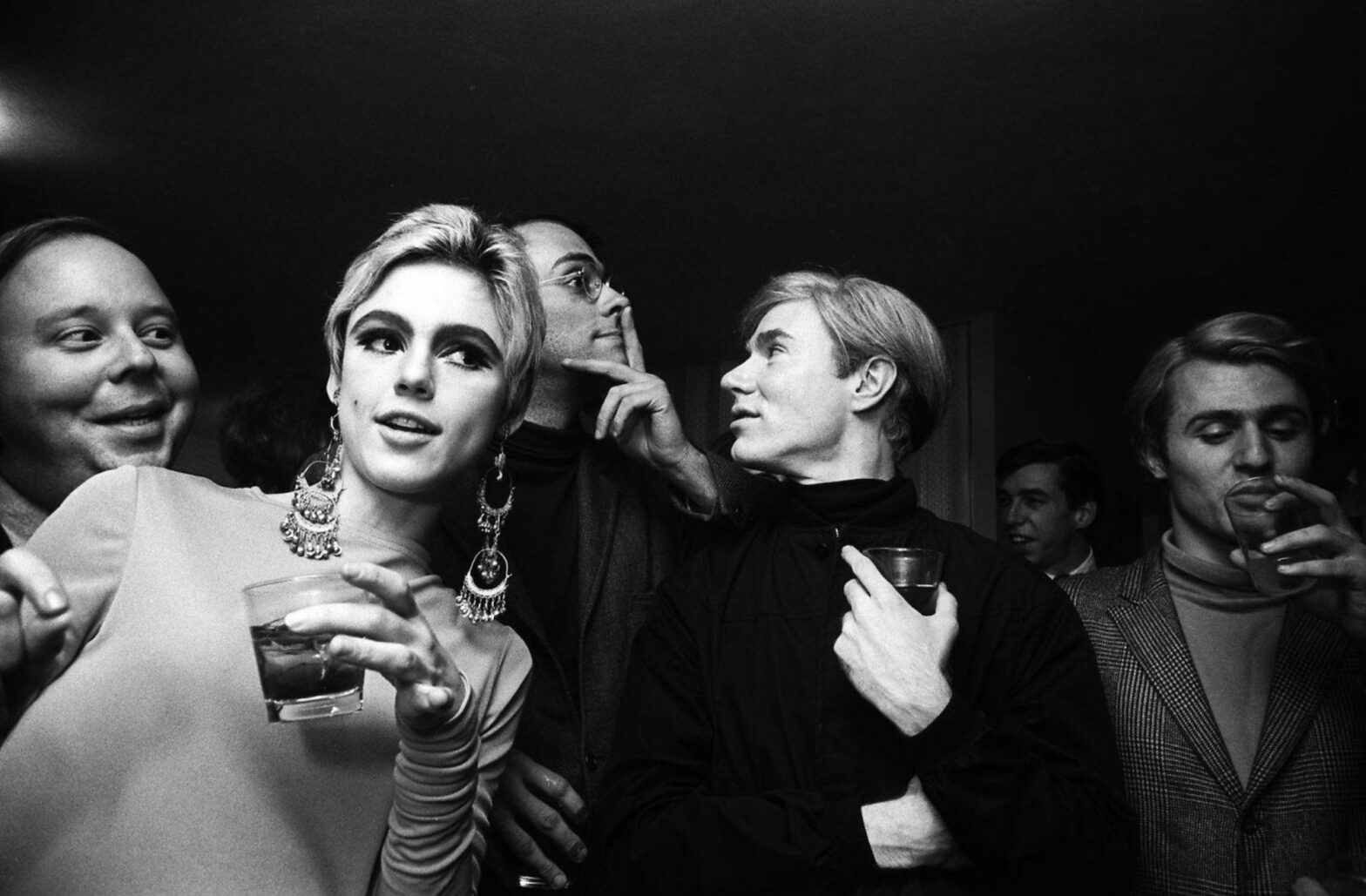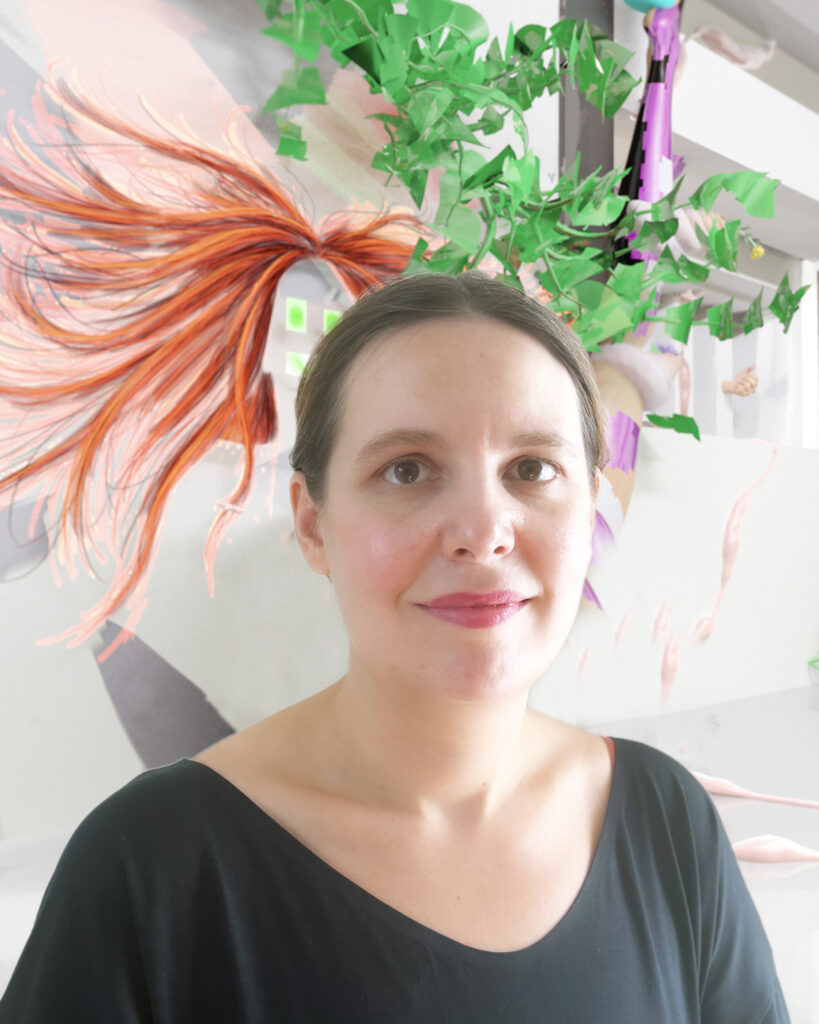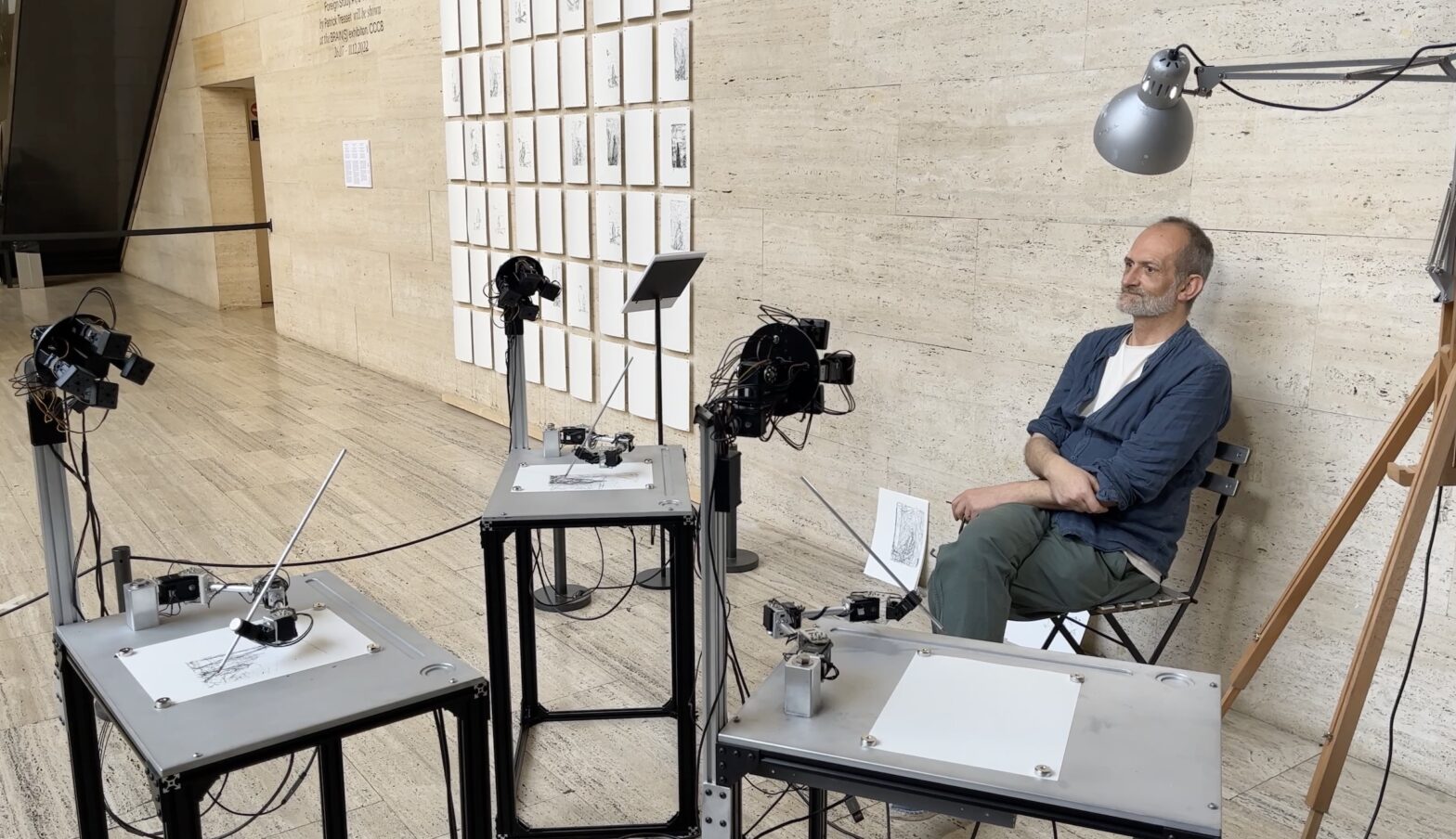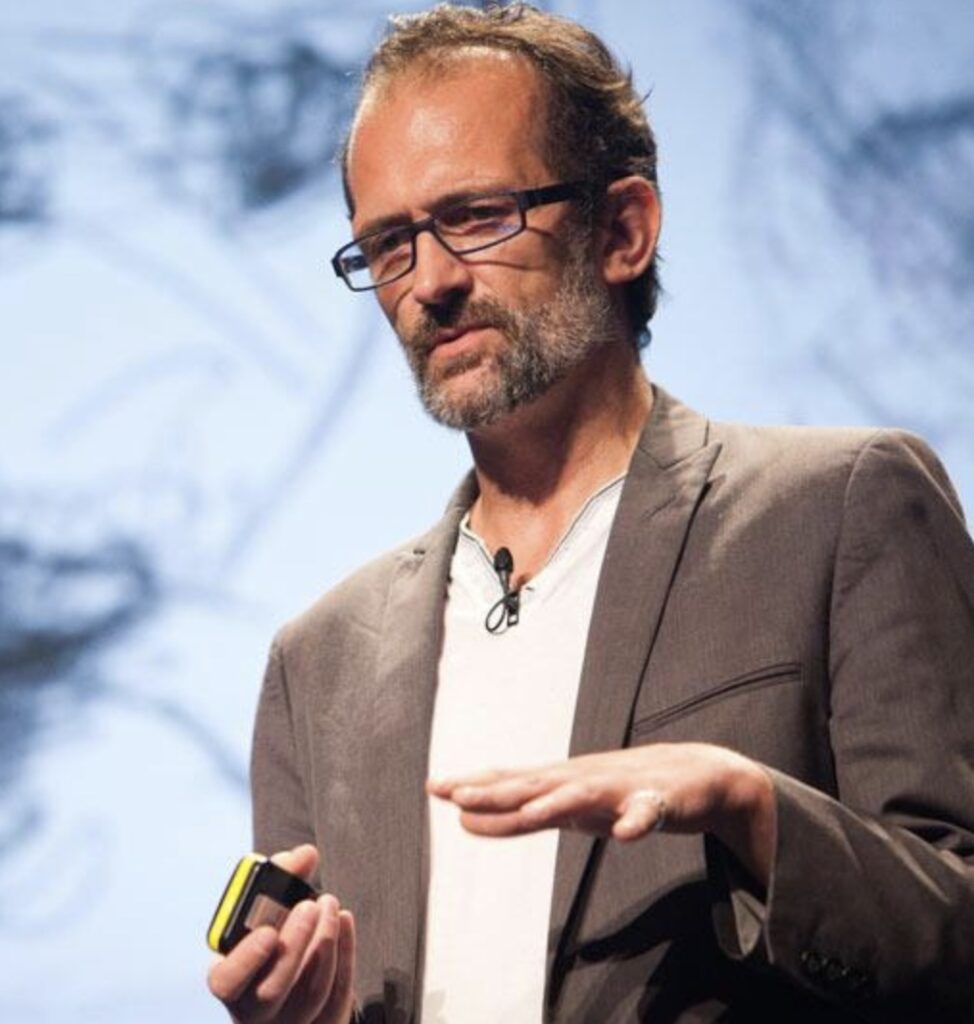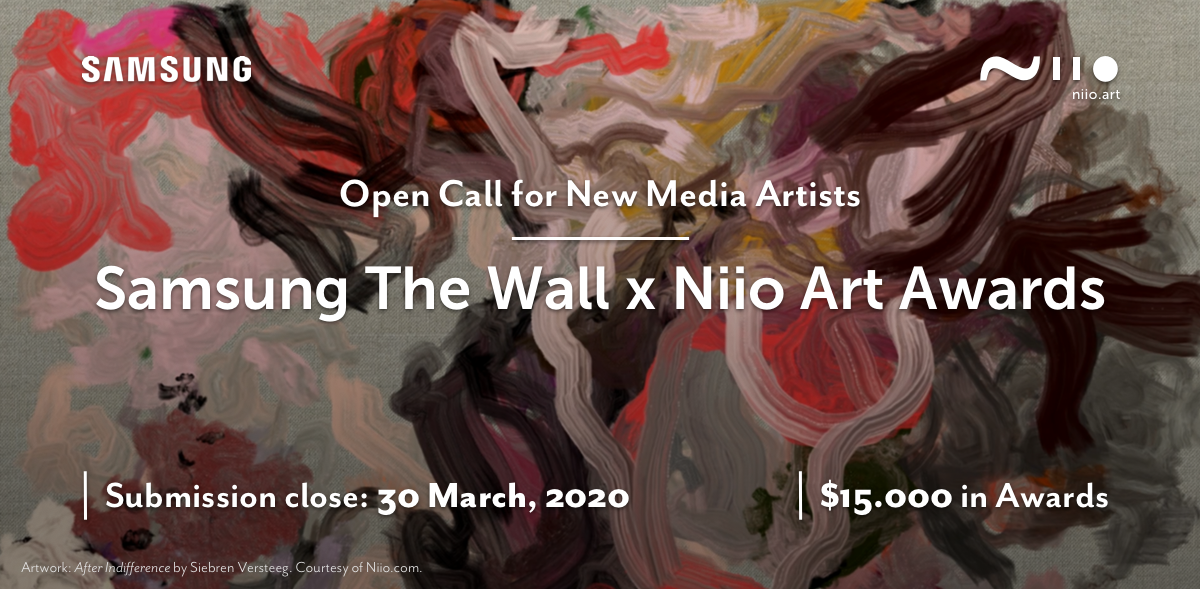Pau Waelder
Niio is proud to introduce a selection of artcasts by celebrated photographers in collaboration with Fahey/Klein Gallery, the leading contemporary photography gallery in Los Angeles. Curated by Nicholas Fahey, these selections dive into the work of the artists, presenting key series and iconic images, and are available to our members for a limited time only.
Steve Schapiro (1934-2022) was one of the most prominent figures of documentary photography in the United States in the second half of the twentieth century. An exceptional witness of the civil rights movement, his camera captured key moments in American history with a sharp eye and caring attention to the subjects of his portraits.
Devoted to photojournalism from a young age, he was inspired by Henri Cartier-Bresson and took lessons from W. Eugene Smith, whose teachings marked a profound influence in Schapiro’s work throughout his career. In 1961 he traveled to Arkansas and photographed a camp for migrant workers. Jubilee, a small Catholic magazine, published his photos as an eight-page picture story. The New York Times picked up one of the photos and used it as the cover for the New York Times Magazine section. That was his first real break. Schapiro continued showing his pictures to Life while doing essays on “Narcotic Addiction in East Harlem”, “The Apollo Theatre”, “Women of New York”, and “Jazz Sessions for Riverside Records.” Finally Life gave him an assignment which worked out and he began freelancing for Life and other magazines such as Time, Newsweek, the Saturday Evening Post and Paris Match.
“There’s so many pictures I look at which have an iconic feel to them. And yet, you can’t explain what it is in the picture that’s causing you to feel that way.”
Steve Schapiro
He closely followed the political and social changes of the 1960s in the United States, accompanying Robert F. Kennedy during his presidential campaign and the civil rights movement’s March on Washington for Jobs and Freedom, and the Selma to Montgomery march. In the 1970s and 1980s, Schapiro turned his attention to film set photography. He was hired by Paramount Pictures and worked on the set of famous films such as Francis Ford Coppola’s The Godfather (1972), Roman Polanski’s Chinatown (1974), and Martin Scorsese’s Taxi Driver (1976).

The series of photographs of the American Civil Rights Movement is among Schapiro’s finest. In late 1962, he read James Baldwin’s essays in the New Yorker which became the book The Fire Next Time. Schapiro asked Life if he could do a photo essay on Baldwin. They agreed and for the next month Steve traveled with Baldwin to Harlem, North Carolina, Mississippi, and New Orleans. He met many leaders of the non-violent civil rights movement and saw real segregation for the first time. Schapiro notes of meeting and traveling with Baldwin, “Here was an intellectual, a brilliant man, and a black leader who never seemed to forget the importance of relating to each other as human beings. He had a hunger for love and believed in its power.”

This portrait of Baldwin is particularly telling of a quality that Schapiro sensed in him: his loneliness. Describing the photograph, he confesses: “every time I look at that picture, I feel an emotional moment. Because it seems to me it really points out the loneliness that he had, during 1963, which was the time when I first met him.”
After Schapiro’s photo-essay ran in Life in March of 1963, he was assigned to cover the South in even greater depth. These assignments produced images that are now part of the American collective subconscious: George Wallace standing in the schoolhouse door at the University of Alabama, the March on Washington, Civil Rights leader John Lewis in Clarksdale, Mississippi, and Dr. Martin Luther King Jr. leading the march from Selma to Montgomery in 1965. Schapiro’s photographs from this time are some of the most important historical documents of the American 20th century. While his photographs certainly document the darker side of the struggle, Schapiro also manages to relay the constant reliance upon love, community, and faith that became the legacy of King and his Civil Rights Movement.
“It is looking for that specialness in people, what makes someone unique, which I really treasure, either in a person or in an event.”
Steve Schapiro
The way in which the photographer became part of the people he was portraying speaks of his care and attention to the human side of the stories he was telling through his pictures: “I really enjoy being a fly on the wall,” he says. “And really waiting for that moment when I sense something about someone, particularly in a portrait that really conveys something.”

The images from the Selma march are among his most iconic, with this one being particularly symbolic: “[The vote picture] conveyed a sense of what the civil rights struggle was about,” he says, “because it was about gaining the vote for black people in America. There’s so many pictures I look at which have an iconic feel to them. And yet, you can’t explain what it is in the picture that’s causing you to feel that way.”
Schapiro’s unique ability to blend in with the crowd and capture spontaneity also allowed him to take candid photographs of movie stars, musicians, and artists that communicate a strong feeling of intimacy. His technique basically consisted in being there and assuming he would be allowed to take the picture: “If you’re a photographer, and you smile at people, they feel good about it,” he states. “Most people don’t mind being photographed, unless they feel that you’re going to do something to harm them in some way. So basically, if you’re just matter of fact photographing people in terms of who they are and what they’re doing, you don’t have any trouble.”
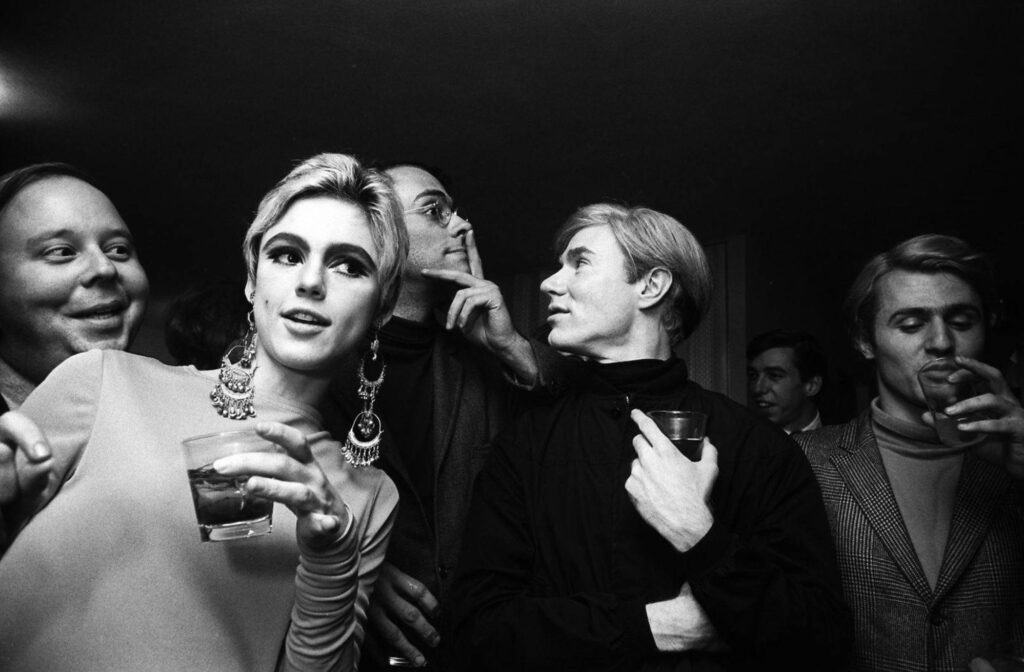
“If I have a philosophy on life, it’s that we should care more about people.”
Steve Schapiro
Steve Schapiro was a great photographer not only because of his technique and his instinct for a perfect composition in the frame, but also because he cared about the stories he told and the people whose lives are part of that story. Without this sensibility and empathy, the images would appear perfect but distant, devoid of the human breath and the beating hearts that one feels in each of his pictures. Schapiro made this clear in one of his last interviews: “If I have a philosophy on life, it’s that we should care more about people. And we should have more of a humanitarian view of things. And I’m concerned that there are important, powerful people who don’t have that, and they don’t value human life. But life is so precious.”

